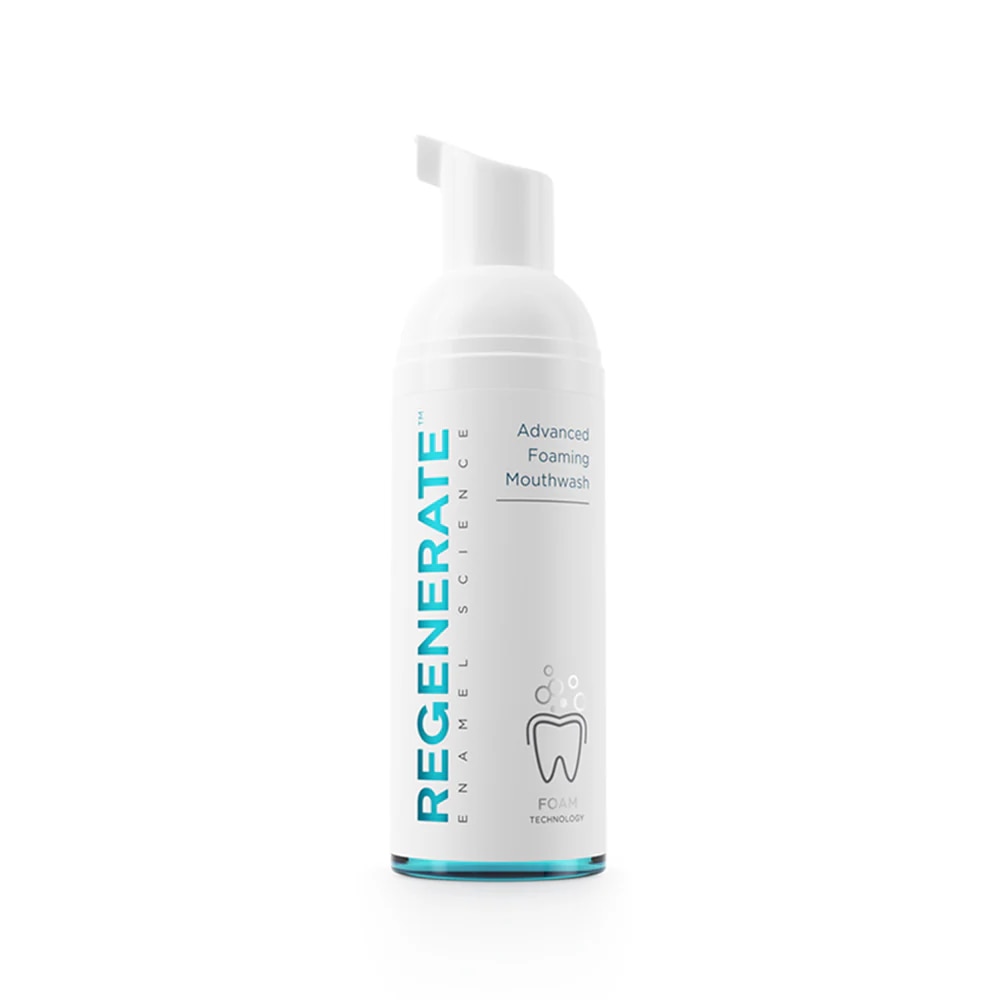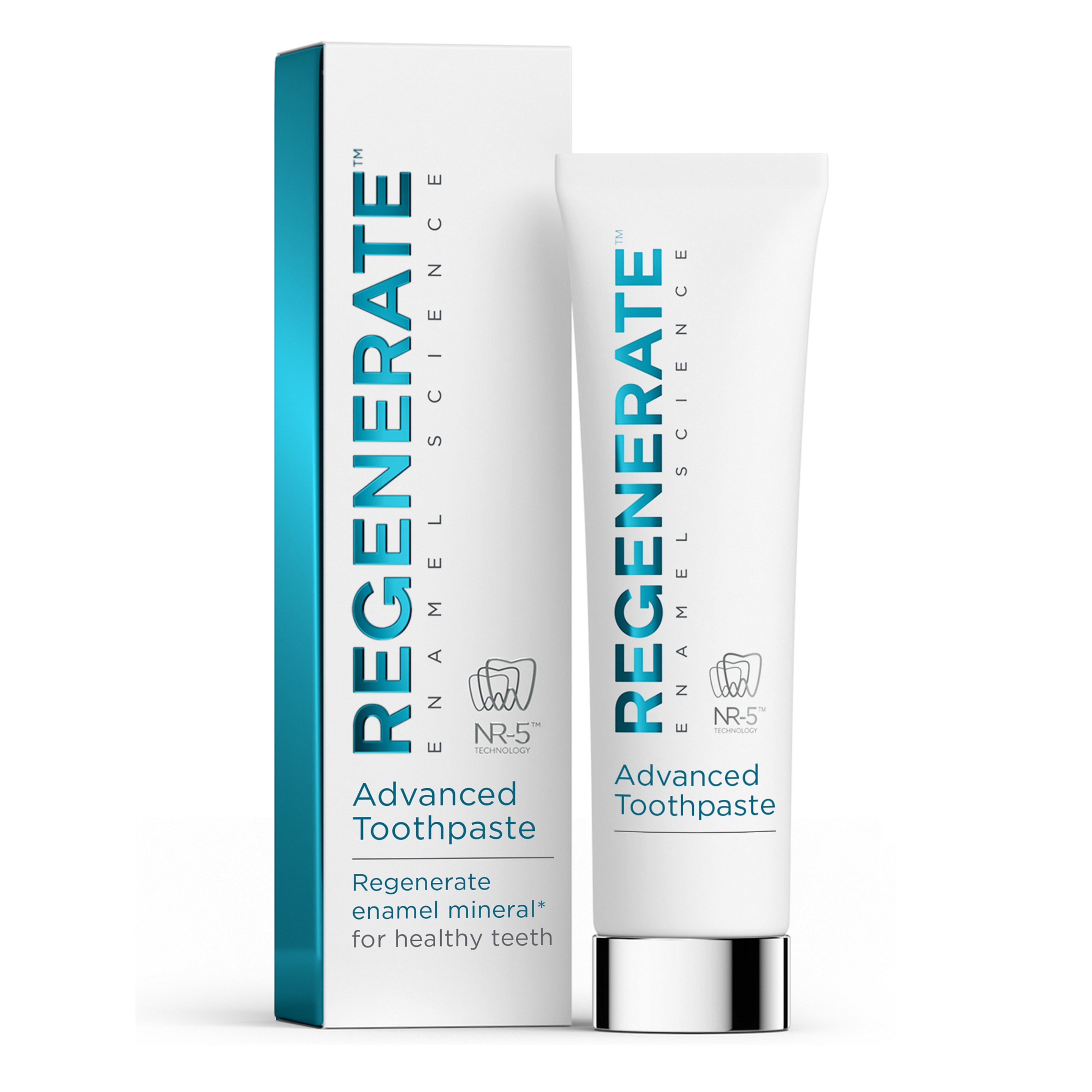Calcium is the most abundant mineral in the body, with 99% of calcium stored in the bones and teeth¹. Because of this, we are often told to consume calcium to help keep our teeth strong and healthy. But what are white calcium spots on teeth and how can you remove calcium stains on teeth? This article will explain everything you need to know about calcium spots on teeth.
What are white calcium spots on teeth?
White teeth are often a sign of healthy teeth and good oral hygiene. However, you may have noticed white spots on your teeth that are a different shade of white from the rest of your teeth. These spots may be a sign of decay, so if you notice that you have these white calcium spots on your teeth, it’s important to figure out the cause and speak to a dental professional if you are worried.
What causes calcium spots on teeth?
There are various reasons as to why you may have white calcium spots on your teeth. Your dentist will be able to provide and explain the specific causes for your teeth, but common causes include:
- Fluorosis: If you notice that you have had white spots for a long time, perhaps even since childhood, then consuming high levels of fluoride could be the reason for the white calcium spots on your teeth².
- Plaque accumulation: Calcium stains on teeth can appear on teeth due to an accumulation of plaque. This is often caused by poor dental hygiene, including not flossing on a regular basis. However, it can also be caused by the wearing of braces, with plaque building up underneath or around the brackets.
- Enamel hypoplasia³: Like fluorosis, enamel hypoplasia often occurs during childhood and is a condition that occurs when tooth enamel does not form properly. Enamel hypoplasia can increase the risk of tooth decay as it causes mineral loss in the tooth and can cause the appearance of calcium stains on teeth.
- Eating acidic or sugary food: Highly acidic foods and drinks can cause enamel erosion, which in turn can lead to calcium spots on teeth. A diet high in sugar can also increase plaque accumulation.
How to get rid of calcium spots on teeth and treat them?
Just as there are different causes for white spots on teeth, there are also different treatments, depending on the underlying reasons for calcium spots and your dental health. If you want to know how to remove calcium stains from teeth, the following options are available:
- Teeth whitening: If the white calcium spots on your teeth aren’t caused by any damaging dental issues, your dentist may recommend teeth whitening or bleaching, to lighten your teeth to match the colour of the white spots.
- Enamel microabrasion: White spots on teeth may be removed by microabrasion. This process will involve your dentist removing a thin layer of enamel from your tooth’s surface, helping to improve the appearance of your teeth.
- Dental veneers: Dental veneers are thin, protective coverings that attach to your tooth to conceal white spots and staining.
How can you prevent calcium stains on teeth?

As many causes of calcium stains on teeth are linked to poor dental hygiene, the best way to prevent white calcium spots is to maintain good oral hygiene. This includes:
- Limiting the amount of acidic and sugary foods and drink you consume.
- Consuming drinks such as coffee or fizzy drinks with a straw to prevent the liquid touching your teeth and causing enamel erosion.
- Flossing on a regular basis.
- Using an enamel-strengthening toothpaste such as REGENERATE Enamel Science™ toothpaste. This toothpaste is powered by an exclusive and clinically proven NR-5™ technology, designed to regenerate tooth enamel mineral*, reverse the early enamel erosion process, and keep teeth healthy and strong.
Having read this article, you should know what calcium spots on teeth are and what you can do to treat them. A great way to help prevent oral problems and answer any questions you may have about your oral hygiene is by visiting your dentist regularly.
*Acts on early invisible stages of enamel erosion by restoring its mineral content and micro hardness with regular use. Clinically proven.
The advice in this article does not constitute medical advice; it is solely available for information purposes. We recommend that you consult your dentist If you are experiencing any dental problems.
Sources:
- slide 1
- slide 2
- slide 3







